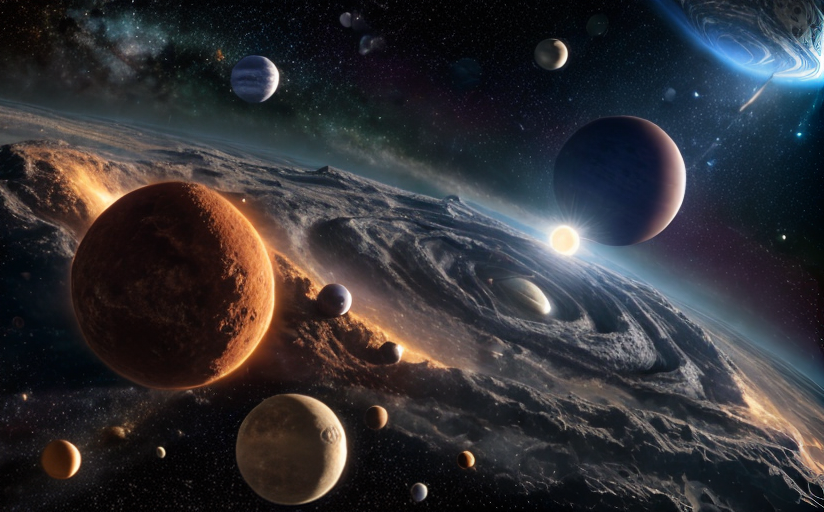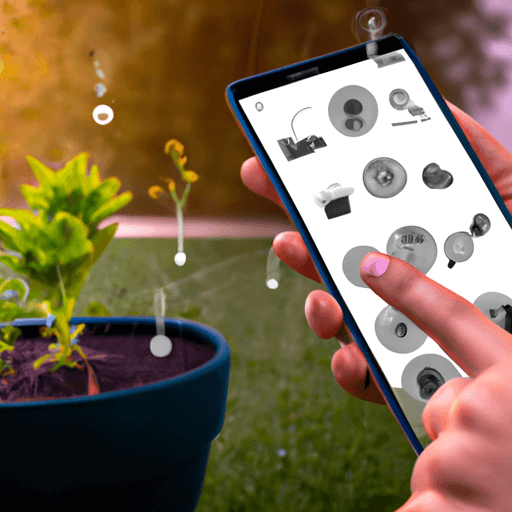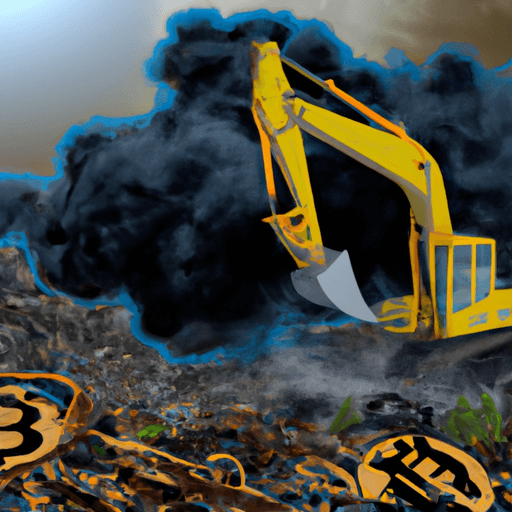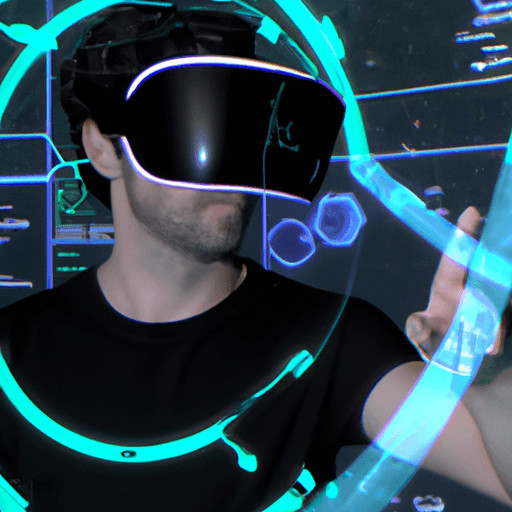The Possibility of Microbial Life on the Planets of the Trappist-1 System
Understanding the Trappist-1 System
Often compared to a scaled-down version of our own solar system, the Trappist-1 system is an exciting object of astronomical study. Unlike our solar system which includes planets of various sizes orbiting around the colossal sized Sun, Trappist-1 is unique in that it consists of seven Earth-sized planets orbiting a single ultra-cool dwarf star.
Why is Trappist-1 Unique?
The Trappist-1 system's uniqueness comes from the planetary consistency and their proximity to their host star. Their close distances to the star make their potential habitability an intriguing subject for study. Moreover, some planets in Trappist-1 are located in the Goldilocks zone, where temperatures might be right for liquid water, thereby increasing the potential for life.
Atmospheric and Environmental Conditions of the Trappist-1 Planets
Scientists using NASA's Spitzer Space Telescope and the European Southern Observatory found that these planets not only may have water, but their atmospheric conditions could support life as we know it. However, a lot of research is still needed to ascertain the full range of their conditions.
The Potential Microbial Life
The potential for microbial life on Trappist-1 planets primarily relies on two factors: water presence and protective atmosphere. Life as we know it needs water. And microbes can survive in extreme conditions but generally require an atmosphere to protect them from harmful radiation. Hypothetically, microbial life in such planets could be adapted to withstand extreme conditions like higher levels of radiation or lower temperatures.
Revolutionizing our Understanding of Life
The discovery of microbial life on Trappist-1 planets would not just represent an extraordinary leap in astrobiology, but could fundamentally transform our understanding of life's universality. It would prove that Earth is not unique in its ability to harbor life and encourage rethinking about life's existence in the universe.




















Comments
Leave a Comment